A Northern Naturalist in the Humboldt Current
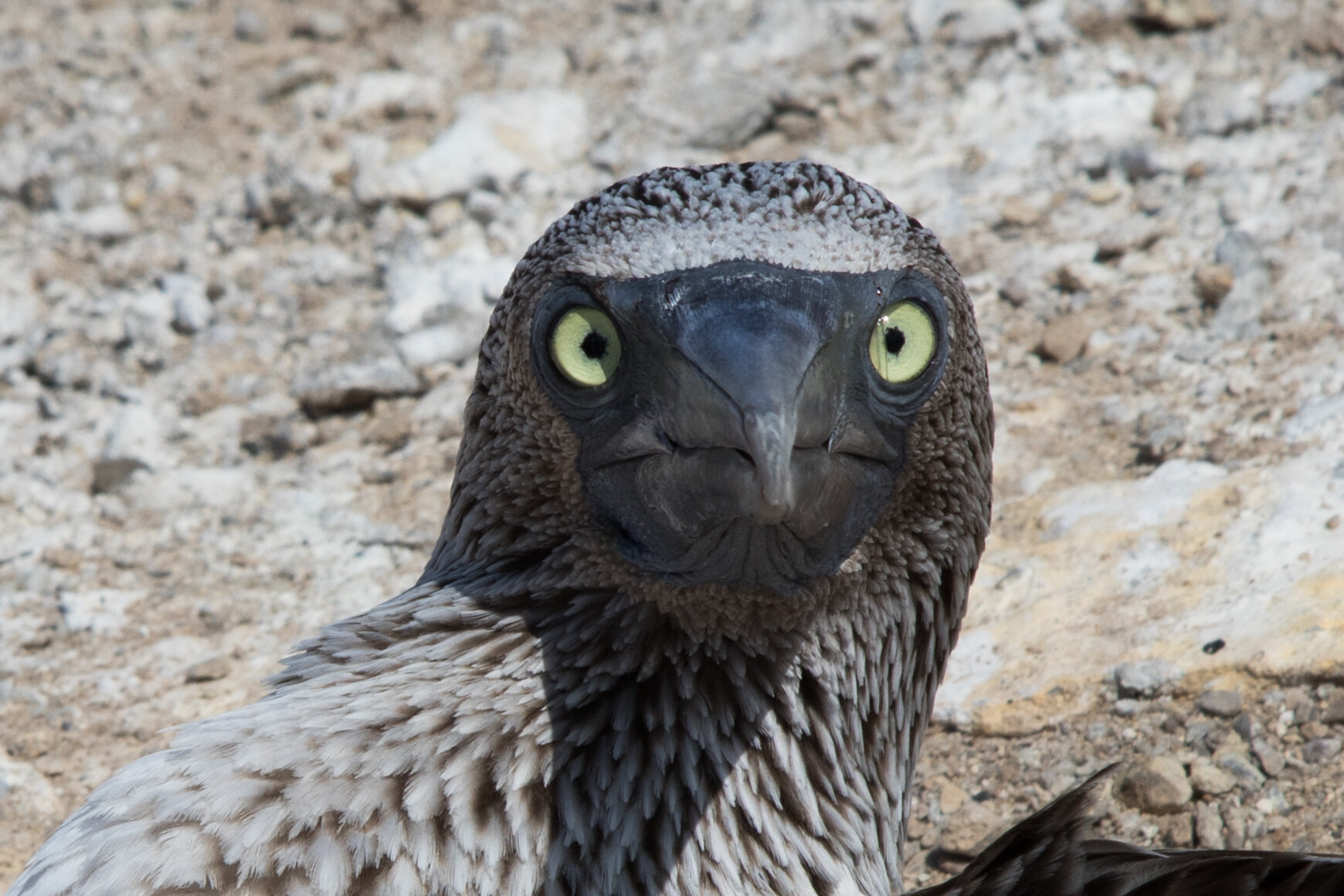

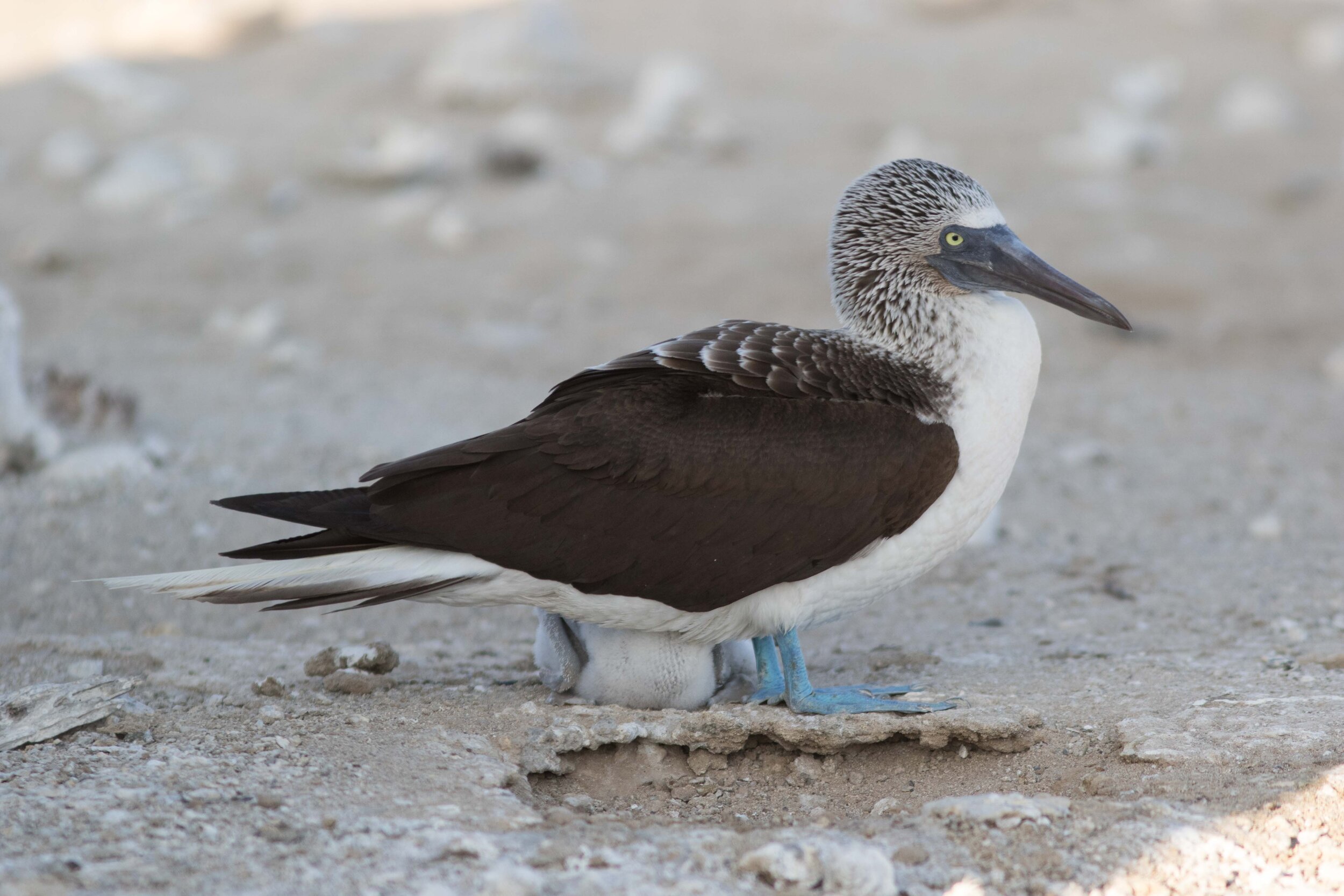

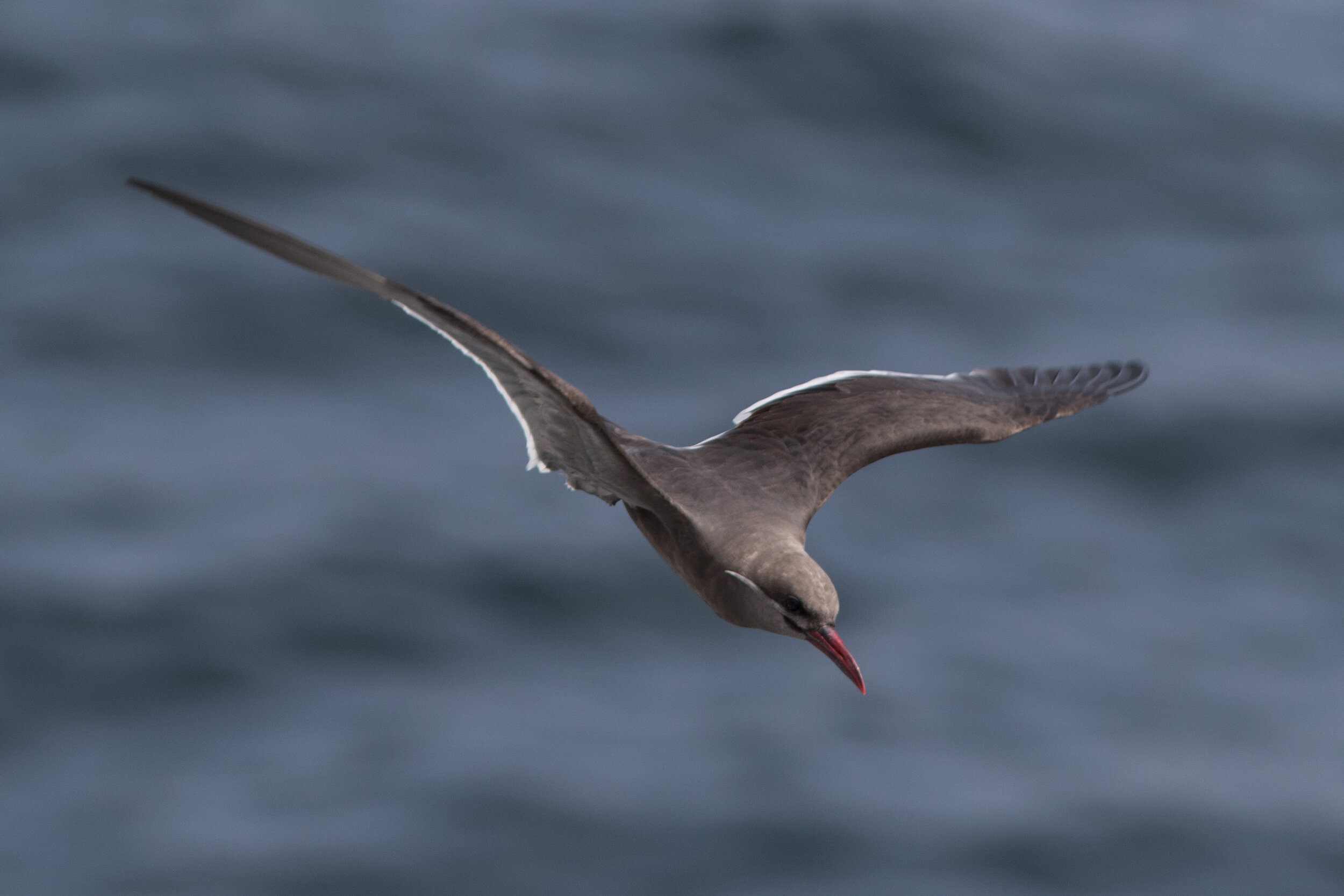
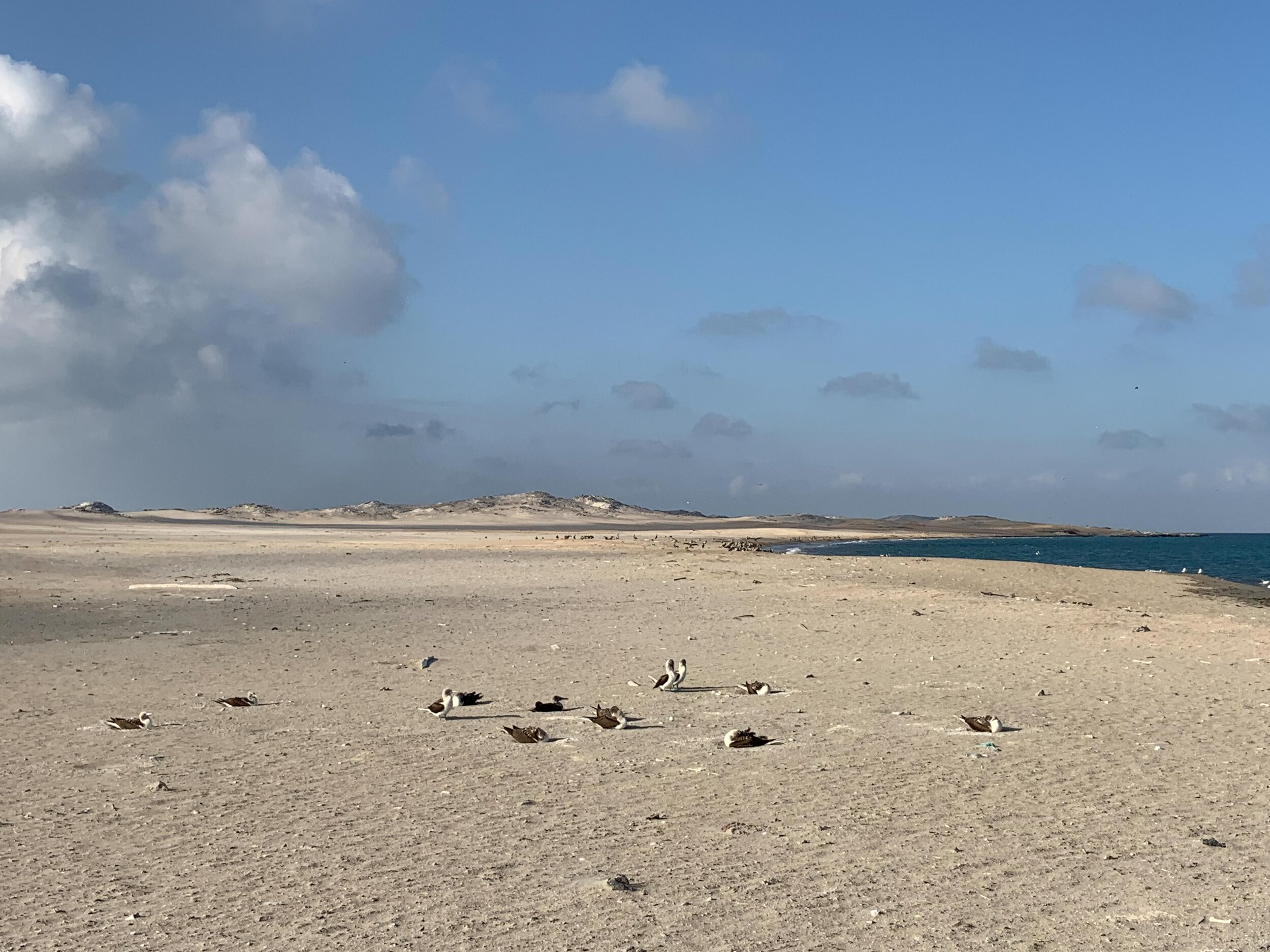
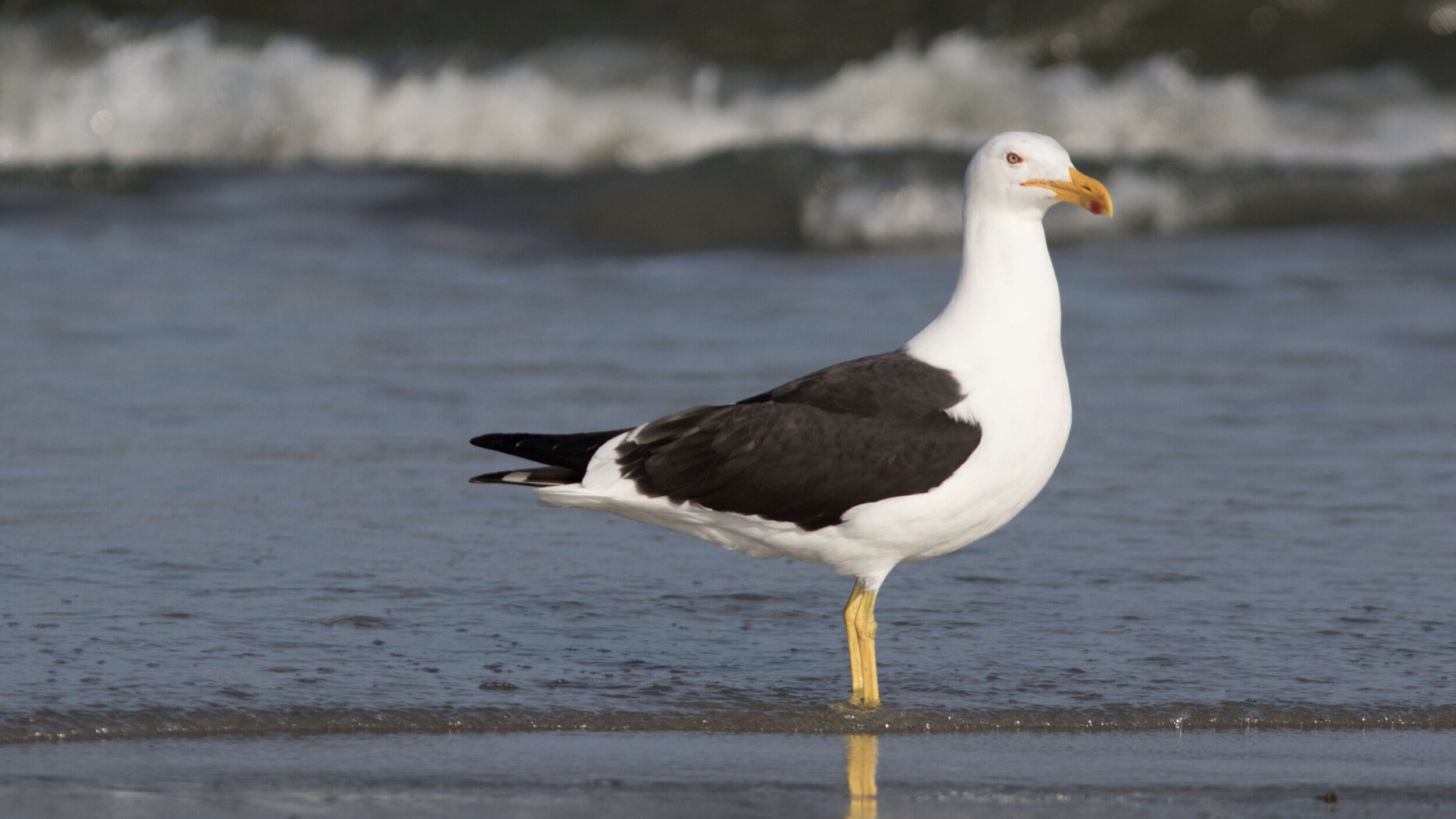
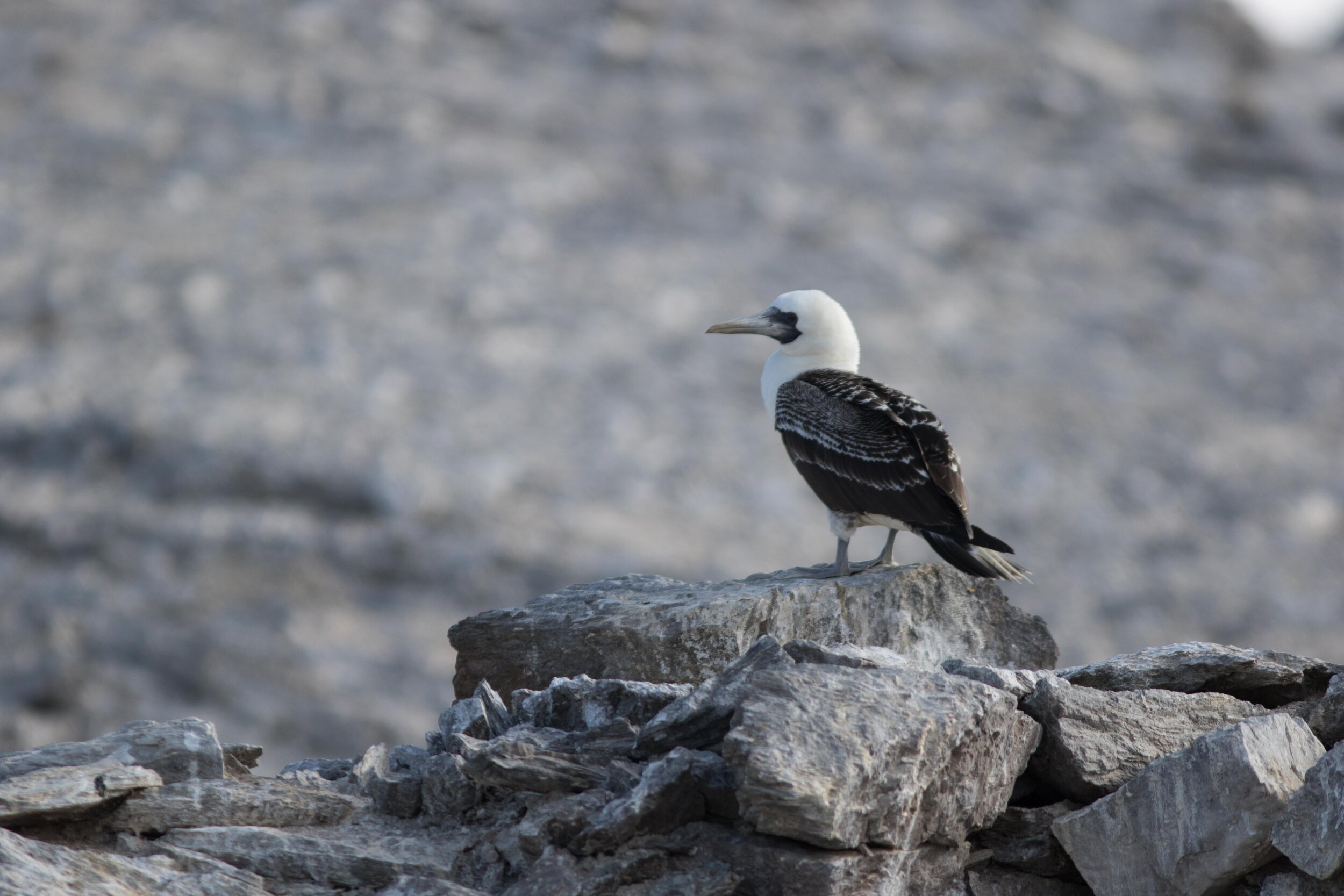
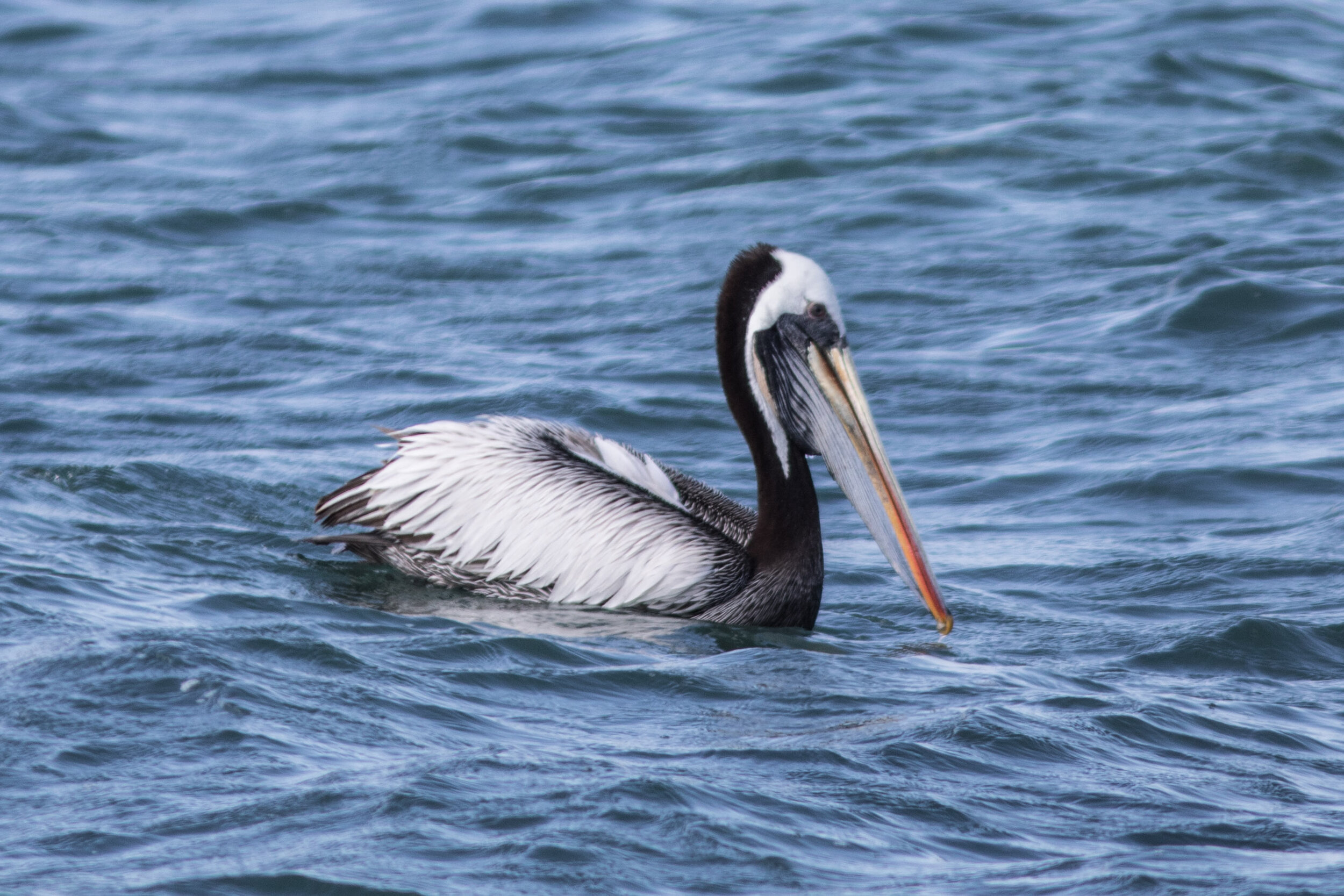

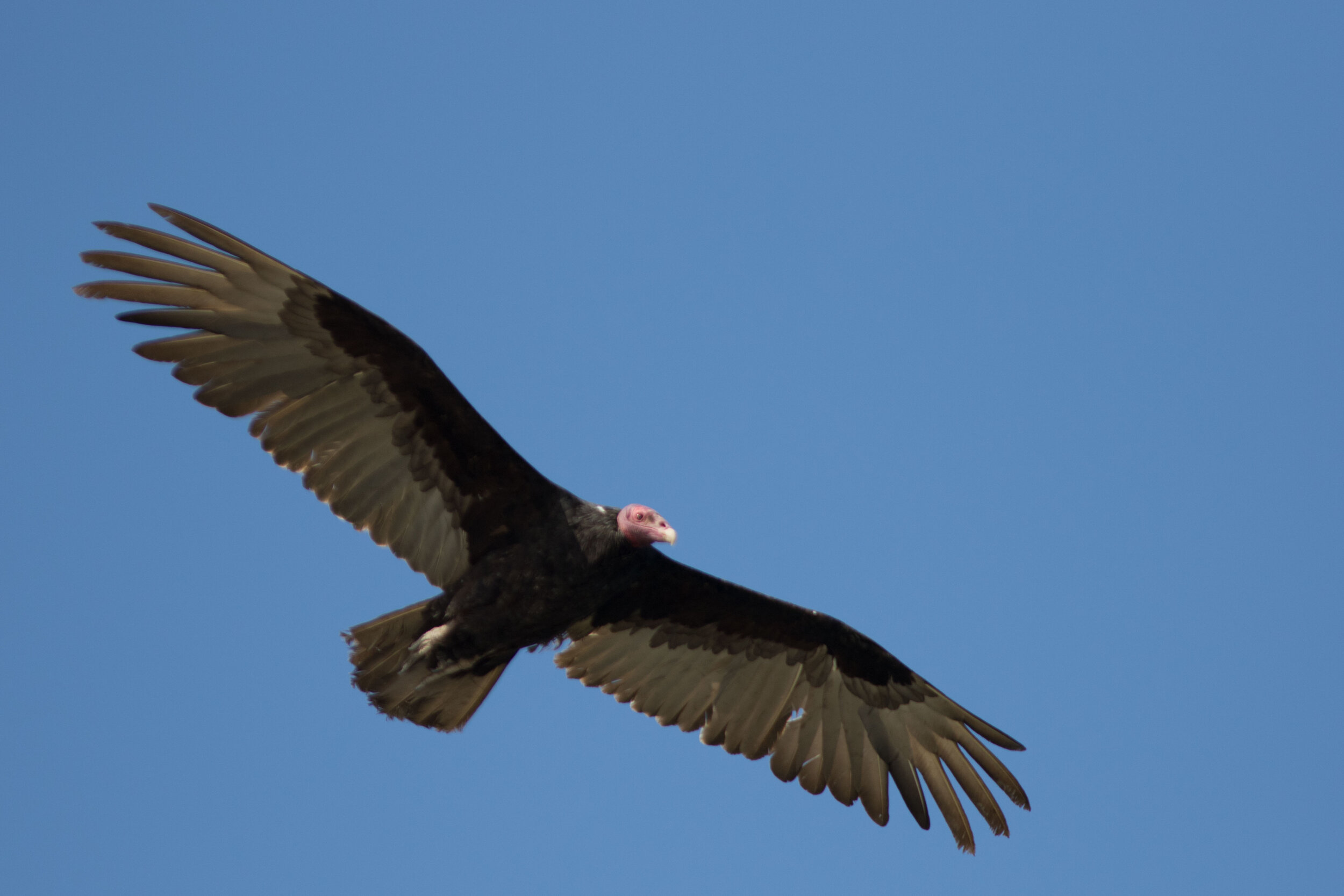
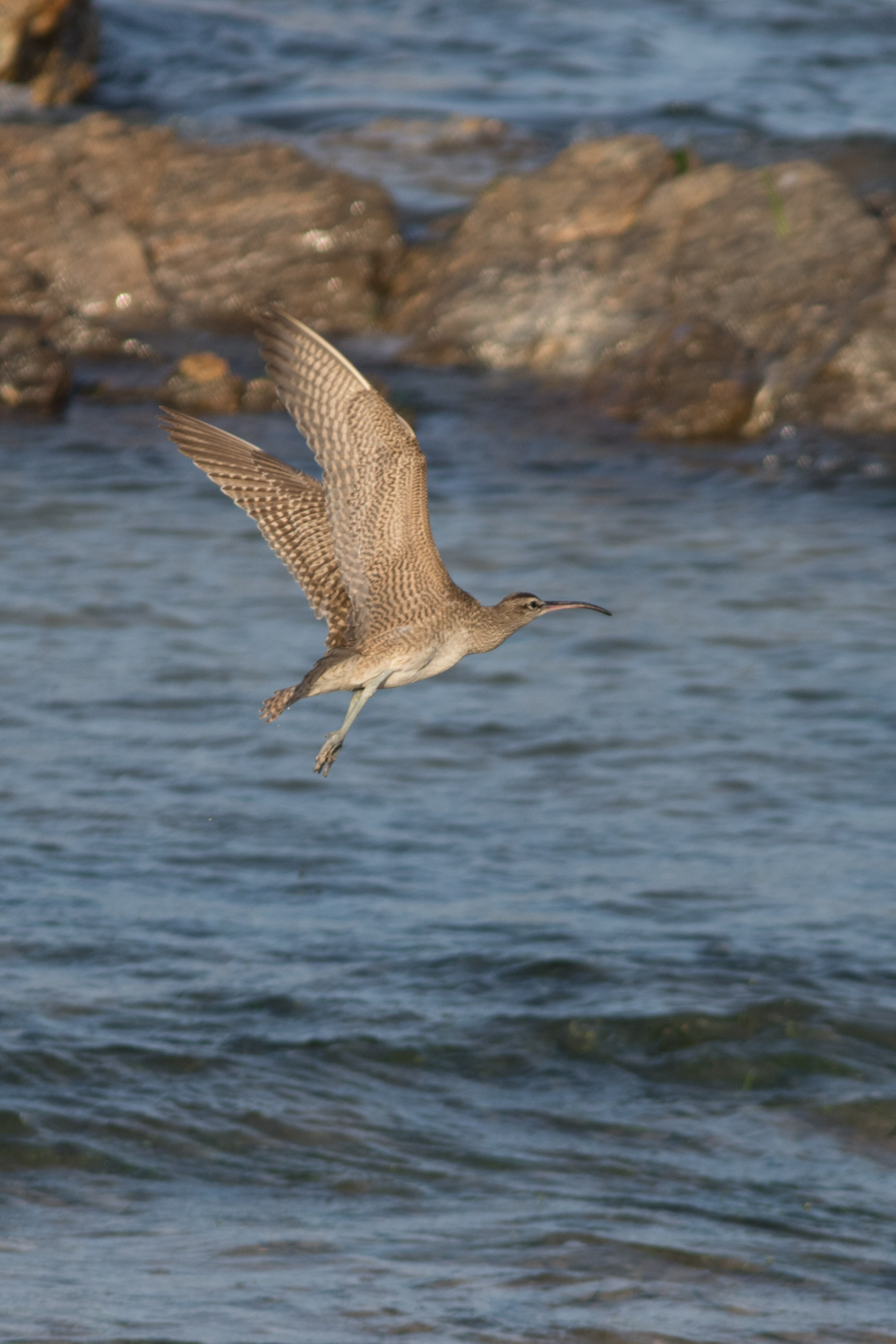
Read Victorian travel logs and accounts abound not only of the vastness of the natural world, but of wildlife in such remarkable numbers as to defy imagination. Imagine 19th-century herds of American Bison roaming the prairies, stretching from horizon to horizon. Or flights of Passenger Pigeon (now extinct) in numbers defying comprehension, which, according to popular accounts, blackened the daytime sky, taking hours upon hours to pass. California pioneer George Yount wrote in 1833 “That wild geese and every species of water fowl darkened the surface of every bay … in flocks of millions”. Even biting insects were so numerous as to drive indigenous peoples such as the Abenaki, Maliseet, Mi’kmaq, Passamaquoddy, and Penobscot, all members of the Wabanaki Confederacy of northeastern North America, to leave the North Woods each spring for the relative comfort of the coast. Today, we have no benchmark with which to compare.
Or do we?
Nowadays, the oceans are that place of vast openness, at a surficial level untrammeled by humans. In areas where cold-water thermohaline currents bring nutrients from the depths to the surface, triggering phytoplankton blooms and the cascading trophic effects of productivity, today’s parallel of American Bison, or even Passenger Pigeon, at least in terms of sheer abundance, are seabird colonies.
These are concentrations, often well-known, where we witness seabirds comparable in abundance to scenes once familiar to Victorian era explorers; places with names such as:
Bass Rock, on the Firth of Forth in Scotland, seasonal home to hundreds of thousands of Northern Gannet.
Runde, a Norwegian island with more than 500,000 seabirds (including 100,000 Atlantic Puffins) nesting each year.
Cape St. Mary’s Ecological Reserve, on the Avalon Peninsula in Newfoundland, is home to more than 100,000 nesting (and extremely approachable and worthy of a visit) seabirds.
The Four Brothers, originally named Les Îles des Quatre Vents when first mapped by Samuel de Champlain in 1609, a four-island preserve of The Nature Conservancy in the New York waters of Lake Champlain, hosting eleven species of nesting waterbirds with populations exceeding 100,000 (the seabird colony where I cut my ornithological teeth from 1989-2002).
Bristol Bay, Alaska, which is home to tens of millions of nesting seabirds—alcids, larids, procellarids, phalacrocoracids—in 27 globally significant Important Bird Areas.
All of these examples have one thing in common: they are all in the Northern Hemisphere. Not that Southern Hemisphere bird colonies are unknown, but they are certainly lesser known to the majority of birders and ornithologists, who, as it happens, have a Northern bias. So, imagine my great pleasure at discovering the avifaunal abundance as I cruised south along the Peruvian coast aboard Hapag-Lloyd Cruises 452-foot (139-meter) m/s HANSEATIC Inspiration.
During 26th and 27th November, several things seemed to happen, almost all at once. The day before, we crossed the Equator, steaming south along the South American west coast. We rounded the westernmost part of South America, at about 5-degrees south latitude, which is also the vicinity of the border between Ecuador and Peru. We entered a region notably arid (this from the boy who has always lived in the temperate forests of northeastern North America). And lastly, we picked up the Humboldt Current. Or rather, this is the region where the Humboldt spins off from South America—this is the northern part of the concavity of the South American west coast which serves to deflect the Humboldt off to sea.
The Humboldt is a cold-water current, slowly spinning counterclockwise in the South Pacific around the South Pacific Gyre. All of the key elements are here: well south, the deeper, colder, denser (and thus heavier) thermohaline current, moving along the bottom of the ocean, meets the wall of the South American continental shelf, which serves as an escalator moving this water, loaded with nutrients, toward the surface. When it reaches the photic zone, that region shallow enough for sunlight to penetrate, the response is photosynthetic activity resulting in phytoplankton blooms that fuel the hyperabundance of life up and down the food web.
For me, this meant birds. A LOT of birds! And mostly seabirds (one of my favorite bird groupings to observe).
This became readily apparent on 26 November when we landed on Isla Lobos de Tierra. This 6-mile-long, 2-mile-wide (10 x 3 km) island, is situated 12 miles (19 km) off the coast of northern Peru. Having left behind the warm (86 F, or 30 C) water of the Equatorial Countercurrent, the notably cooler (72 F, or 22 C) waters of the Humboldt means less evaporation. And less evaporation means less precipitation. This was readily apparent in the arid landscape. One of the benefits of the arid landscape is that the by-product of hundreds and thousands of Blue-footed Boobies, Nazca Boobies, Peruvian Boobies, Guanay Cormorants, and Peruvian Pelicans—guano—does not wash away. Since at least 1863, millions of tons of guano has been harvested for the nitrate, to be used as fertilizer (for a fascinating discussion on this history, read Guano and the Opening of the Pacific World: A Global Ecological History, by Gregory T. Cushman and published by Cambridge University Press in 2013).
Still aboard ship, waiting at the side-gate prior to boarding the Zodiac Mark 5 to head to shore, a steady stream of seabirds flew by the door-sized portal to the outside world, mostly boobies, cormorants, and pelicans.
One of the perks of being a naturalist aboard an expedition cruise-ship is joining the landing party on the first boat ashore. While the shore party is establishing the landing site for the ship’s guests, I get to wander around, getting the lay of the land. Of course, that involves birding.
Within minutes, I was censusing thousands of nesting birds, including a pair of Nazca Booby and easily 500 pairs of Blue-footed Booby, all nesting on the ground surrounding us made for excellent photography subjects. In addition, there were easily 300 Franklin’s Gull (prior to this five-week adventure, on which Franklin’s Gull may well have been the single most abundant seabird, it was one of those species I rarely saw, and when I did, they were in very small numbers); Kelp Gulls, the Southern Hemisphere equivalent of Great Black-backed Gulls, were regularly raiding any nest left unattended for even the briefest of moments (and for this reason, among others, we strive to give all nesting birds a respectful distance); 400 Red-legged Cormorants in a loose colony of nests north of our landing site; 200 Guanay Cormorant, once a major source of guano on the island (along with the Peruvian Booby—which, sadly, were once abundant but are now virtually absent); and 300 Peruvian Pelicans tending nests in a tightknit cluster about 0.6 mile (1 km) south of our landing site (these pelicans are huge, nearly twice the size of the Brown Pelicans we see in Florida).
While walking to check out the pelicans, a group of eight Whimbrel flew past. How wonderful to see these large shorebirds with the decurved bill (downward curving), a species I know from Maine only during migration, and then usually in ones and twos. In this same category was eight Laughing Gulls.
Other birds, observed in single integers, trickled in: Gray-hooded Gull, Gray Gull, Belcher’s Gull, and Peruvian Tern. Three Magnificent Frigatebirds, even though they were riding thermals high above, were easy to identify, what with their unique wing shape and long tails. Three Snowy Egrets were spied among the wreckage of the old wharf.
In addition to the avifauna, a few South American Fur Seals were hauled out. While not alive, we found the skulls of several young Southern Elephant Seals, two unidentified dolphins, and even a domestic cat skeleton. And wherever we walked, out of the corner of my eyes, the arid and rocky ground seemed to move, almost a fleeting shimmer. It took some time to home in on the fact that I wasn’t losing my mind, there were countless small, anole-like iguanas, stretching to perhaps 8 inches (20 cm).
Of course, wherever you have so much life, there is a corresponding amount of death. And there may be few better undertakers in the natural world than the Turkey Vulture. With at least 50 of them to feed on the assorted carcasses, the island was surprisingly free of rotting flesh.
In a world where wealth is often calculated in dollars, the wealth of biology was a different kind of wealth—one I find infinitely more valuable.
The next day, 27 November, was an “at sea” day. Continuing south of the Equator, the days were lengthening. For the first time during this adventure, sunrise was before 6:00 a.m., which made rising with the sun—well, actually, being on deck with the sun—that much harder. But it was worth the effort!
Now that we were situated well within the Humboldt Current, the vast ocean productivity was on display. Fishing boats were all around us (for reasons unknown to me, one boat was playing cat and mouse with us over several hours, circling us, coming close to our stern, then drifting off again). The diversity and abundance of bird life, also a reflection of the bio-productivity, is worth noting:
1. Chilean Skua (quantity: 9)
2. Pomarine Jaeger (20)
3. Parasitic Jaeger (10)
4. Long-tailed Jaeger (1)
5. Swallow-tailed Gull (4, and a life-bird)
6. Sabine’s Gull (30)
7. Gray-hooded Gull (1)
8. Laughing Gull (1)
9. Franklin’s Gull (1,000)
10. Kelp Gull (1)
11. Inca Tern (14, and a life-bird)
12. Waved Albatross (30, and a life-bird)
13. Wilson’s Storm-Petrel (8)
14. Wedge-rumped Storm-Petrel (21, and a life-bird)
15. Buller’s Shearwater (6)
16. Sooty Shearwater (1,500)
17. Peruvian Diving-Petrel (6)
18. Blue-footed Booby (20, and a life-bird)
19. Peruvian Booby (1,000)
20. Neotropic Cormorant (20)
21. Guanay Cormorant (50)
22. Peruvian Pelican (60)
23. Great Egret (1)
And as a further sign of the region’s productivity, there were multiple pods of Common Dolphin, numbering in excess of 100. We even saw a distant whale blow early in the morning.
Yes, the Humboldt Current is truly one of the world’s great producers of sea-life in all its shapes and forms.
